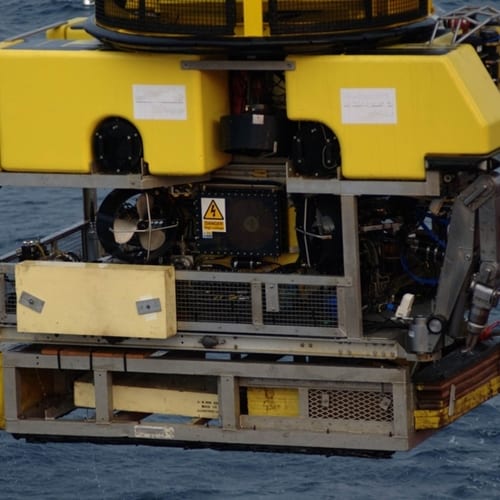As the use of remotely operated vehicles (ROV) becomes more widespread by police teams, commercial divers and those in the offshore drilling industry, regulations and more information on the machines have increased as well. To help others using ROVs become more prepared, the International Marine Contractors Association (IMCA) recently published the "Guidelines for installing ROV systems on vessels or platforms," according to Offshore Shipping.
The news source explained that the publication is intended for ROV and rig managers, as well as others in the offshore drilling industry, as it explains what is needed to install and mobilize an ROV. In addition to including information about the required equipment, the guide will also explain what is needed for the hydraulic and electrical system for all types of ROVs.
"There are wide variations in the complexity and requirements of ROV Systems, ranging as they do from small observation class ROV Systems weighing perhaps 10 tons, through to large and complex trenching ROV Systems which might weigh hundreds of tons," Jane Bugler, IMCA's technical director, said to the news source. "Therefore it is important to discuss ROV installation issues with all the relevant stakeholders at the earliest opportunity."
Bugler also said that the guidelines will explain the importance of spatial awareness for ROVs.
In addition to knowing how to install and use an ROV, it is important for those using the equipment, such as offshore drilling managers or others, to invest in proper ROV manufacturers insurance as well. With equipment as necessary as an ROV, having protection in case something happens to the machine is just as important as knowing how to use it properly.

